Understanding Car Tint: What You Need to Know
Car tinting, a popular enhancement among vehicle owners, involves applying a thin film to your car’s windows. This process not only alters the appearance of your vehicle but also provides numerous benefits, such as privacy, UV protection, and heat reduction. With so many options available, it’s essential to understand the different types of car tint, their benefits, and how to select the right one for your needs. Whether you’re considering a professional installation or a DIY project, this comprehensive guide will equip you with the knowledge to make informed decisions about your car tint solutions.
Types of Car Tint: A Breakdown
Understanding the types of car tint available can help diversify your choices based on your needs. The most common types include:
- Dyed Window Film: This is a straightforward type of window film that is primarily used for aesthetic purposes. The dye absorbs heat and provides some privacy but does not offer UV protection. It’s often the least expensive option.
- Metalized Window Film: Incorporating small metal particles, this film reflects heat rather than absorbing it. This type provides more durability compared to dyed films and offers UV protection, but it may interfere with radio and GPS signals.
- Carbon Window Film: Carbon-infused films block more UV rays than standard dyed films and provide a matte finish for that sleek appearance. They’re heat-resistant and don’t fade, maintaining quality over time.
- Ceramic Window Film: Renowned for its superior heat rejection and UV protection, ceramic films boast a non-reflective finish and offer enhanced durability. Though pricier, their long-term benefits make them a worthwhile investment.
- Hybrid Window Film: A combination of dyed and metalized films, hybrids provide a balance of aesthetics and performance, offering good heat rejection while minimizing issues with signal interference.
Benefits of Car Tint for Your Vehicle
Installing window tint can significantly enhance your driving experience in various ways:
- Heat Reduction: By blocking a significant percentage of the sun’s heat, tinted windows maintain a cooler temperature inside your car. This can lead to decreased reliance on air conditioning, improving fuel efficiency.
- UV Protection: Car tints can block up to 99% of harmful UV rays, protecting both passengers and the car’s interior from sun damage. This is crucial for preventing skin-related health issues.
- Privacy and Security: Tinted windows offer an enhanced layer of privacy, keeping belongings out of sight from potential thieves while also protecting passengers’ confidentiality.
- Reduced Glare: The right car tint can help diminish glare from the sun and headlights, improving visibility and making driving safer, especially at night.
- Aesthetic Appeal: A well-chosen tint can instantly enhance the appearance of your vehicle, giving it a polished and sophisticated look.
Choosing the Right Tint Type for Your Needs
Selecting the best tint for your vehicle depends on various factors, such as your budget, needs, and any legal restrictions in your area. Consider the following when making your choice:
- Local Laws: Before investing in window tint, familiarize yourself with your area’s regulations regarding tint darkness and reflectivity, as these vary by state and can influence your choice.
- Desired Benefits: Identify what you’re most concerned about. If UV protection is critical, opt for ceramic films. If aesthetics are your primary goal, explore dyed options.
- Budget: Decide how much you’re willing to spend on window tint. While the initial investment may be higher for some types, consider the long-term benefits and durability they offer.
- Installation Method: Consider whether you will install the tint yourself or prefer professional installation. Some films can be easier to manually apply than others.
The Tinting Process: What to Expect
Understanding the process of applying car tint is essential for anyone considering this upgrade. It typically involves the following steps:
Step-by-Step Tint Installation Guide
Tint installation, whether DIY or professional, follows a general outline:
- Preparation: Gather all necessary materials, which may include tint film, application tools, and cleaning supplies. Ensure your car’s windows are thoroughly cleaned.
- Measuring and Cutting: Measure the dimensions of each window that will be tinted. Cut the tint film to fit, leaving a slight margin for adjustments.
- Application: Wet the window surface with a solution to facilitate the film’s adherence. Carefully place the film onto the glass, ensuring no air bubbles form beneath it.
- Smoothing: Use a squeegee to smooth out the film, pushing out any remaining bubbles and ensuring a secure bond with the glass.
- Trimming: Once the film is securely applied, use a utility knife to trim any excess film from the edges of the window.
- Final Touches: Allow the film to dry per the manufacturer’s recommendations. Typically, this process can take a few days, so patience is key.
Common Mistakes to Avoid During Installation
Whether you’re a DIY enthusiast or a professional, avoiding common pitfalls can improve results:
- Poor Cleaning: Ensure the windows are completely clean before application. Any dirt or debris can lead to bubbling or peeling.
- Improper Tools: Use the right tools specific to tinting. Regular household items may not provide the precision needed.
- Ignoring Temperature: Tint installation should ideally be done in a controlled environment. High temperatures can damage the film, while low temperatures can hinder its adhesion.
- Rushing the Process: Take your time with each step, ensuring accuracy to guarantee a high-quality result.
How Long Does Car Tint Last?
The lifespan of car tint can vary based on the type of film, the quality of installation, and environmental factors. Generally, good quality films can last anywhere from 5 to 15 years. Factors that influence longevity include:
- Type of Film: Higher quality films like ceramic tend to have a longer lifespan compared to dyed films.
- Exposure to Elements: Prolonged exposure to harsh weather conditions can reduce the longevity of tint.
- Quality of Installation: Professional installations usually last longer due to the expertise involved compared to DIY approaches.
- Maintenance: Proper care and maintenance can help prolong the lifespan of your tint. Avoid using harsh chemicals or abrasives during cleaning.
Legal Aspects of Car Tinting
Before deciding on your car tint, it is crucial to understand the legal implications surrounding window tinting, as there are restrictions in place in many regions.
Understanding Tint Laws in Your Area
Window tinting laws vary significantly across different regions. Most jurisdictions enforce regulations regarding the darkness (VLT – Visible Light Transmission) of the tint, particularly for front and rear windshields. Here are some general points to consider:
- Front Windshield: Many states allow for a tinted band across the top of the windshield but may restrict the tint percentage used on the rest of the surface.
- Side Windows: Regulations often permit darker tints on side windows but may require that a certain percentage (often above 70%) of light can still enter through them.
- Rear Windows: At times, no restrictions are placed on rear windows, allowing full darkness in many areas.
Penalties for Non-Compliance with Tint Regulations
Failing to comply with local laws can lead to several penalties, including:
- Fines: Many jurisdictions impose fines for having non-compliant window tint, which can vary greatly in amount.
- Mandatory Removal: Law enforcement may require you to remove non-compliant tint, or you may be faced with vehicle inspections that enforce this.
- Insurance Implications: Non-compliance might impact your insurance coverage; some insurers may refuse claims if window tint is found to violate your local laws.
How to Check Legal Limits Before Tinting
To ensure that you’re complying with local laws regarding car tinting, take these proactive steps:
- Research: Check your local Department of Motor Vehicles or law enforcement websites that provide specific guidelines about window tint.
- Consult Professionals: Speak with experts who specialize in car tinting, as they can offer specific advice based on your location.
- Seek Legal Advice: If you’re unsure, consulting with a lawyer familiar with automotive laws can provide clarity and prevent any future issues.
Maintenance Tips for Your Car Tint
Proper maintenance is vital to extend the life and quality of your car tint. Following suitable practices can keep your tinted windows looking new while ensuring they fulfill their protective role.
How to Clean and Care for Tinted Windows
Cleaning tinted windows demands some care to avoid damaging the film. Here are best practices to follow:
- Use the Right Cleaning Supplies: Avoid ammonia-based products which can break down the film. Instead, use specialized window cleaning solutions or vinegar and water mixes.
- Microfiber Cloths: Opt for soft microfiber cloths when cleaning to prevent scratches on the film surface.
- Gentle Techniques: Clean gently in circular motions without excessive pressure to avoid lifting edges or damaging the application.
- Time Frame: Wait at least 30 days post-application before washing your windows to allow the tint to fully cure.
Signs Your Tint Needs Repair or Replacement
Tinted windows may need attention when signs of wear or damage appear. Watch for:
- Bubbling and Peeling: The film may start to separate from the glass due to improper application or wear over time.
- Discoloration: Fading or color changes indicate that the tint is breaking down and may require replacement.
- Cracking: A cracked film can lead to reduced UV protection and aesthetic issues, necessitating immediate repair.
Professional vs. DIY Tint Maintenance
While maintaining your car tint can be a simple task, knowing when to seek professional help is essential:
- DIY Maintenance: Basic cleaning and checks can be performed at home. This allows you to address minor issues without the need for professional intervention.
- Professional Maintenance: When it comes to repairs or replacements, it is often best to consult professionals. They have the necessary skills and materials to ensure a high-quality finish.
Enhancing Your Vehicle: Additional Benefits of Car Tint
Car tinting is more than just an aesthetic upgrade. The advantages spill over into various aspects of vehicle ownership:
Energy Efficiency and Heat Reduction
Tinted windows can lead to significant energy savings. By reducing the internal temperature of your vehicle, you minimize the need for air conditioning, which consumes fuel. This not only influences your wallet but also contributes to lower carbon emissions.
UV Protection and Interior Preservation
Your vehicle’s interior can suffer from significant damage due to UV rays, leading to faded upholstery and cracked dashboards over time. High-quality car tints effectively block these rays, preserving the aesthetics and longevity of your vehicle’s interior.
Boosting Privacy and Security Through Tinting
Increased privacy is a notable benefit, deterring prying eyes from checking out your possessions. Furthermore, tinted windows can make breaking into your car more difficult, as potential thieves can’t easily see inside, thus providing an initial layer of protection against theft.
Conclusion
Choosing the right car tint involves understanding the types available, the benefits they provide, and the regulations governing their application. Whether it’s for aesthetic purposes, improving energy efficiency, protecting against UV rays, or boosting your vehicle’s security, investing in car tint can enhance your overall driving experience. Ensure you research and understand local laws, opt for quality materials, and adhere to proper maintenance techniques to enjoy your tinted windows for years to come.
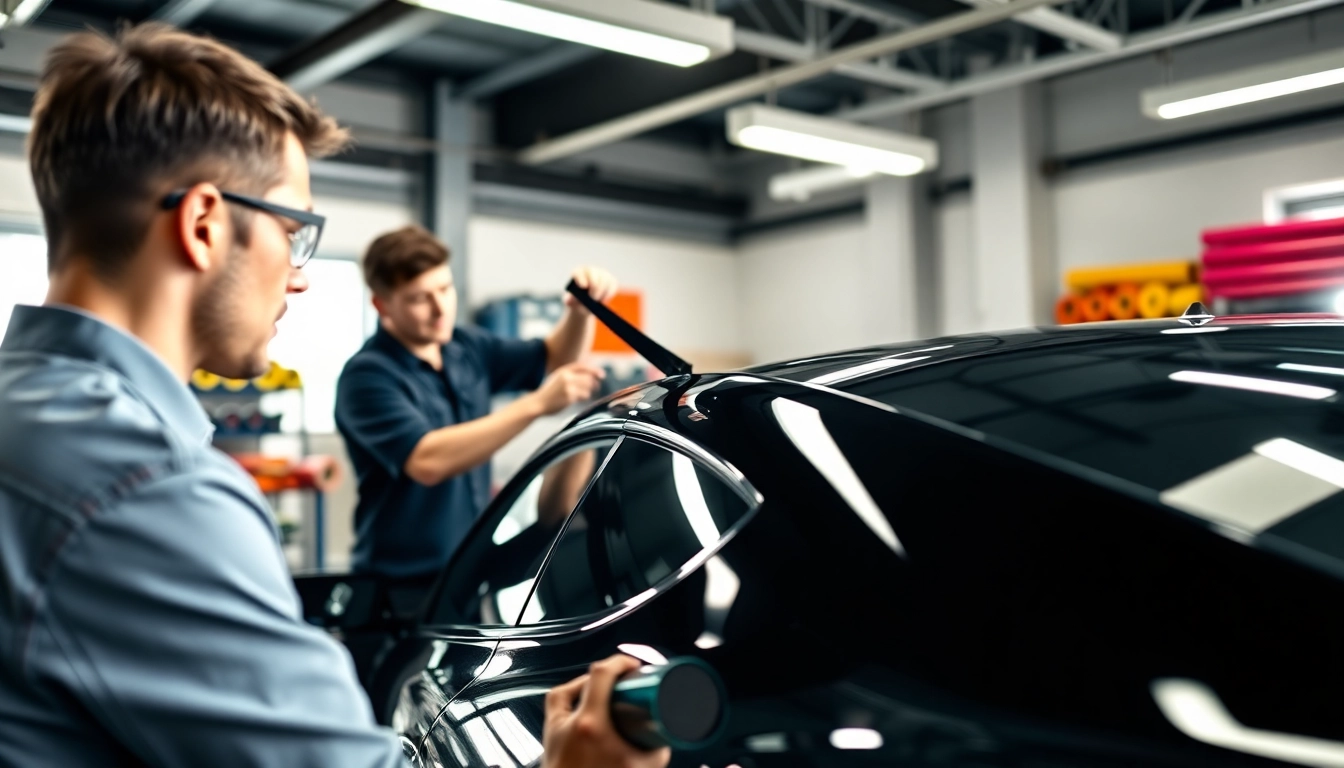

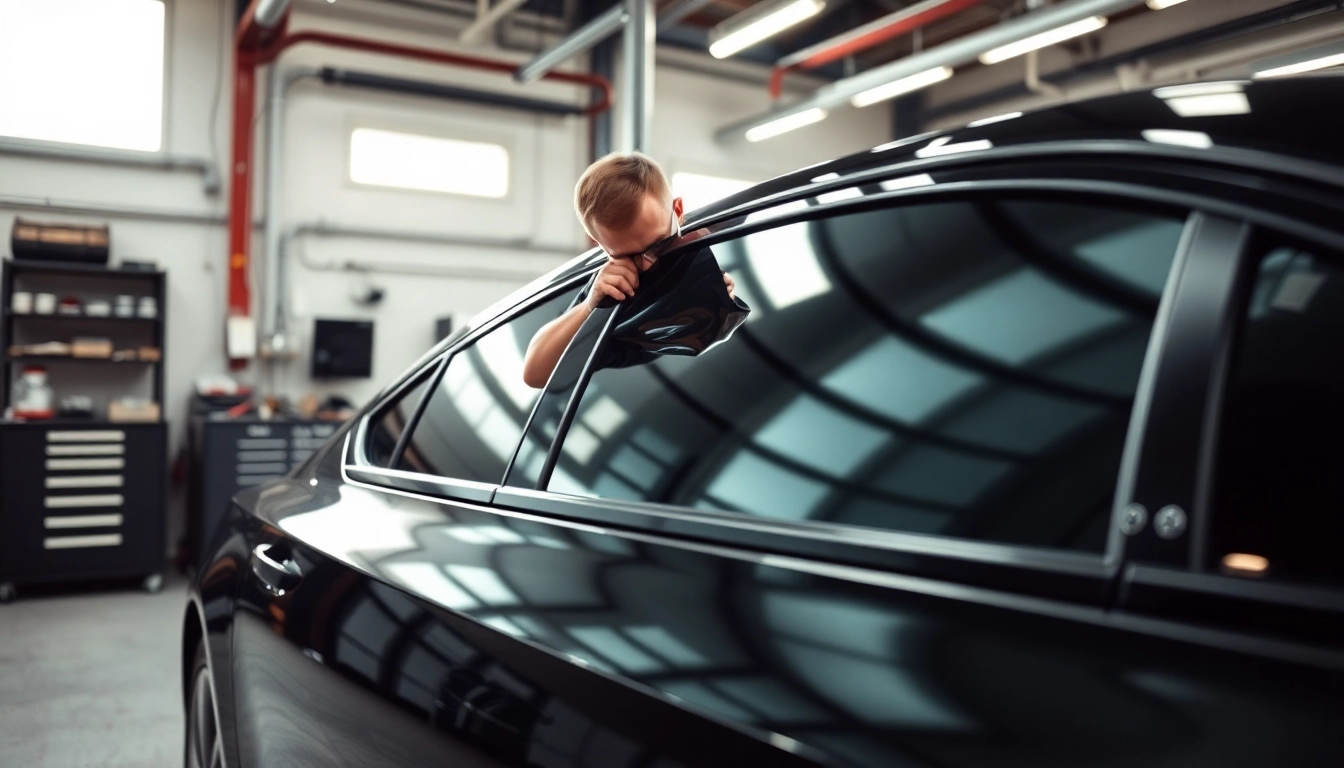
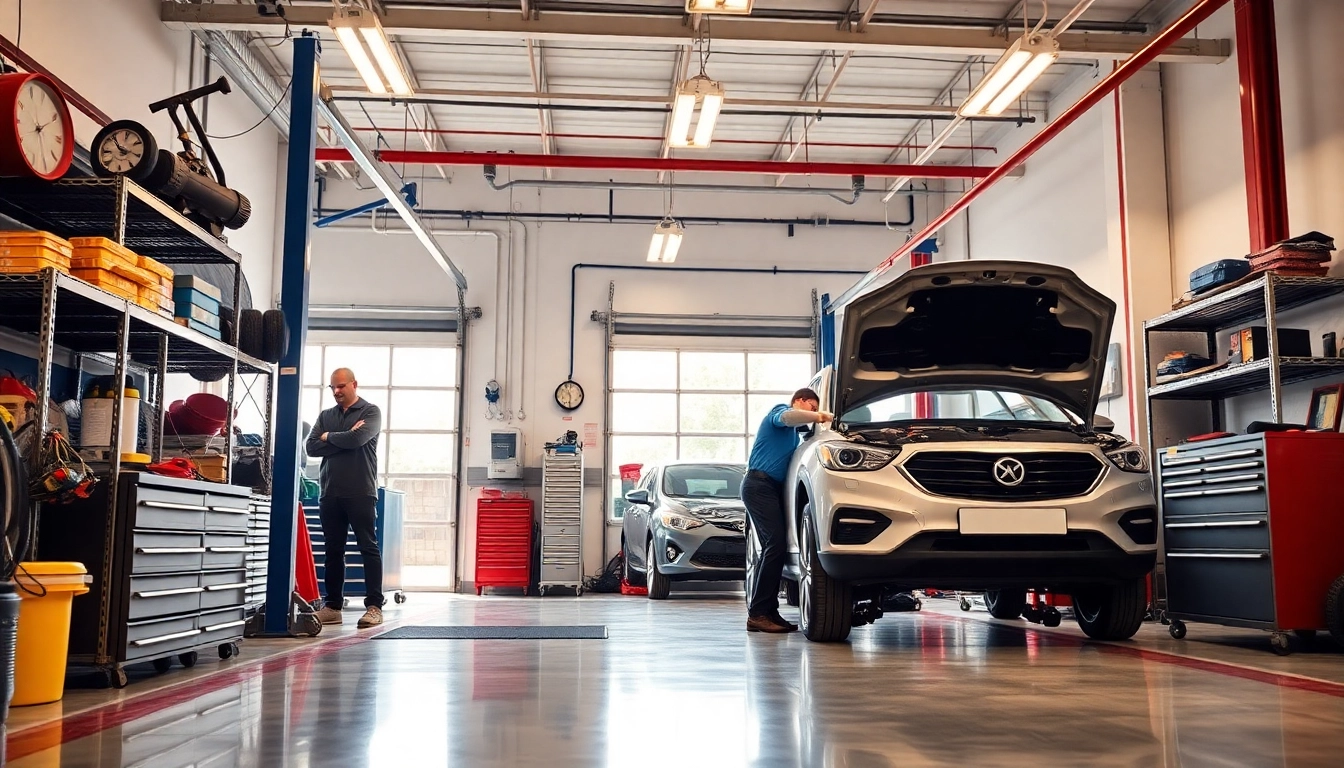


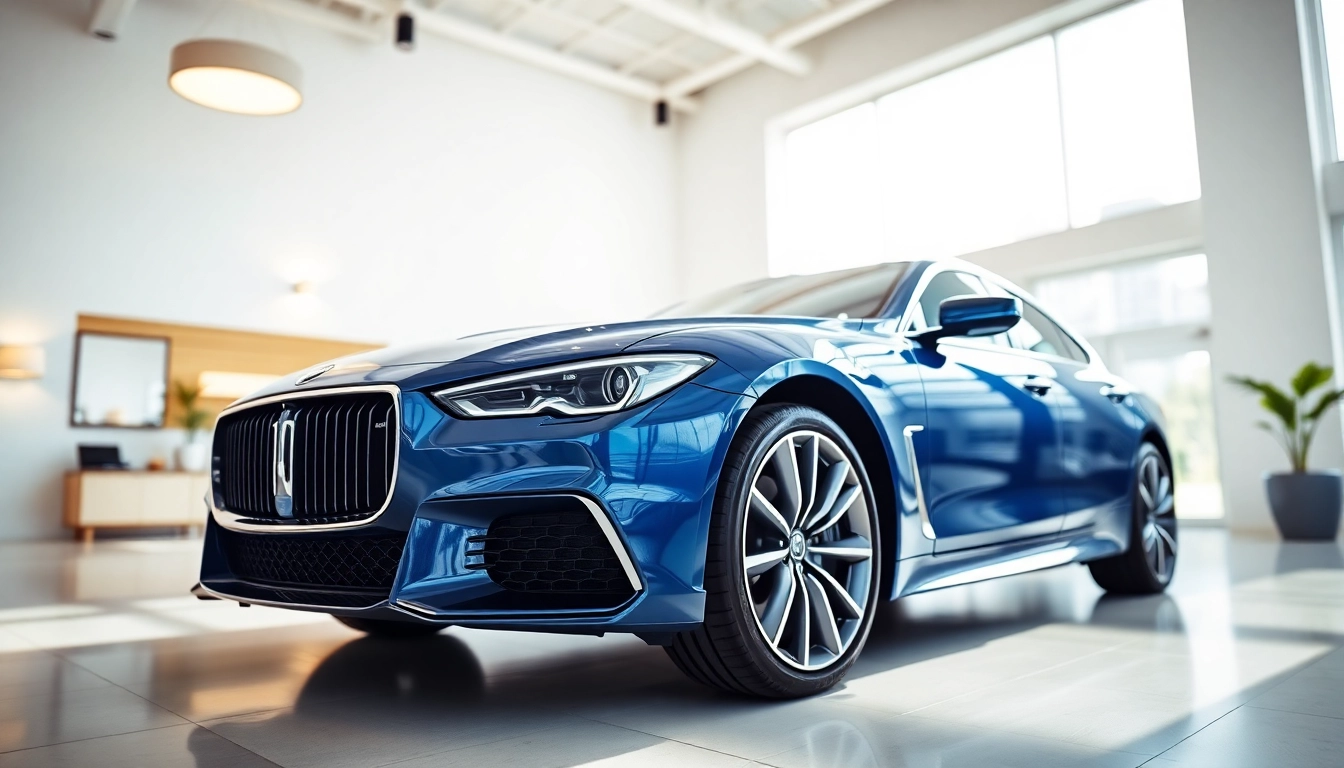

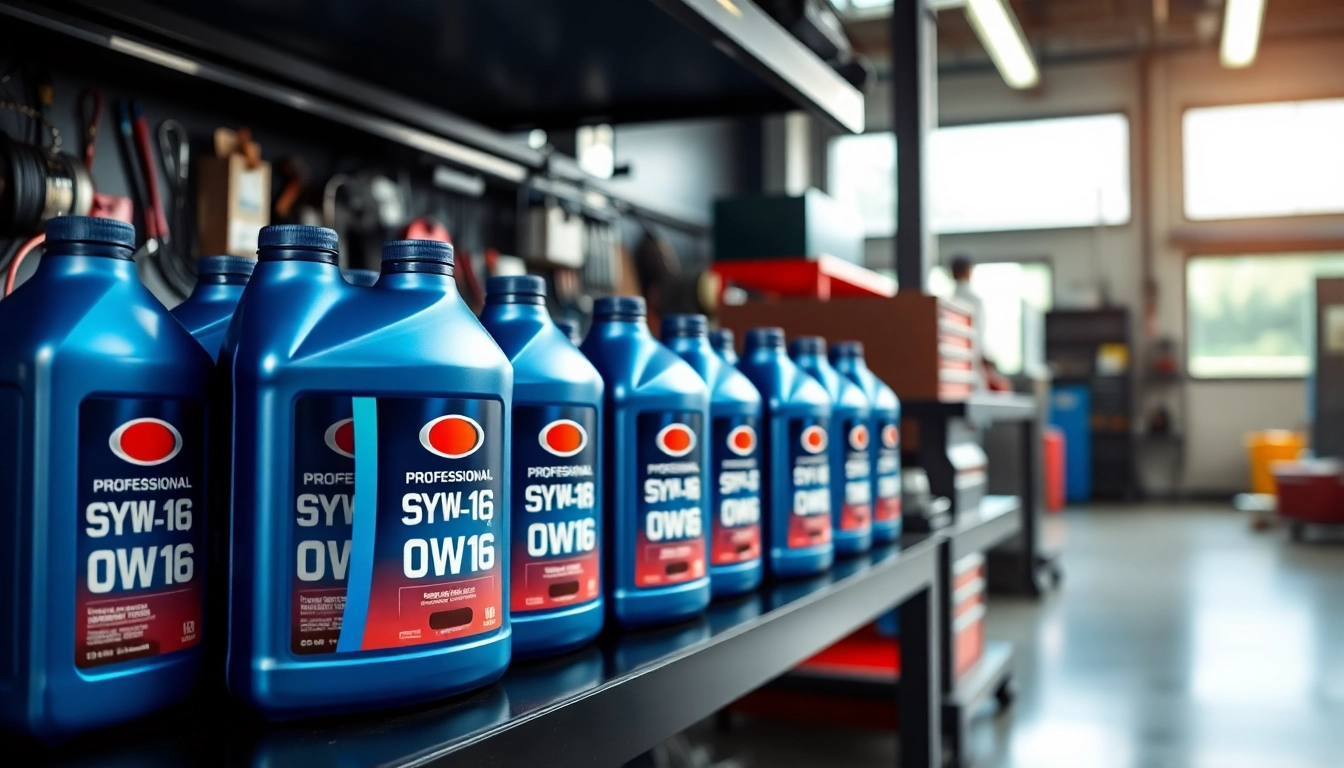
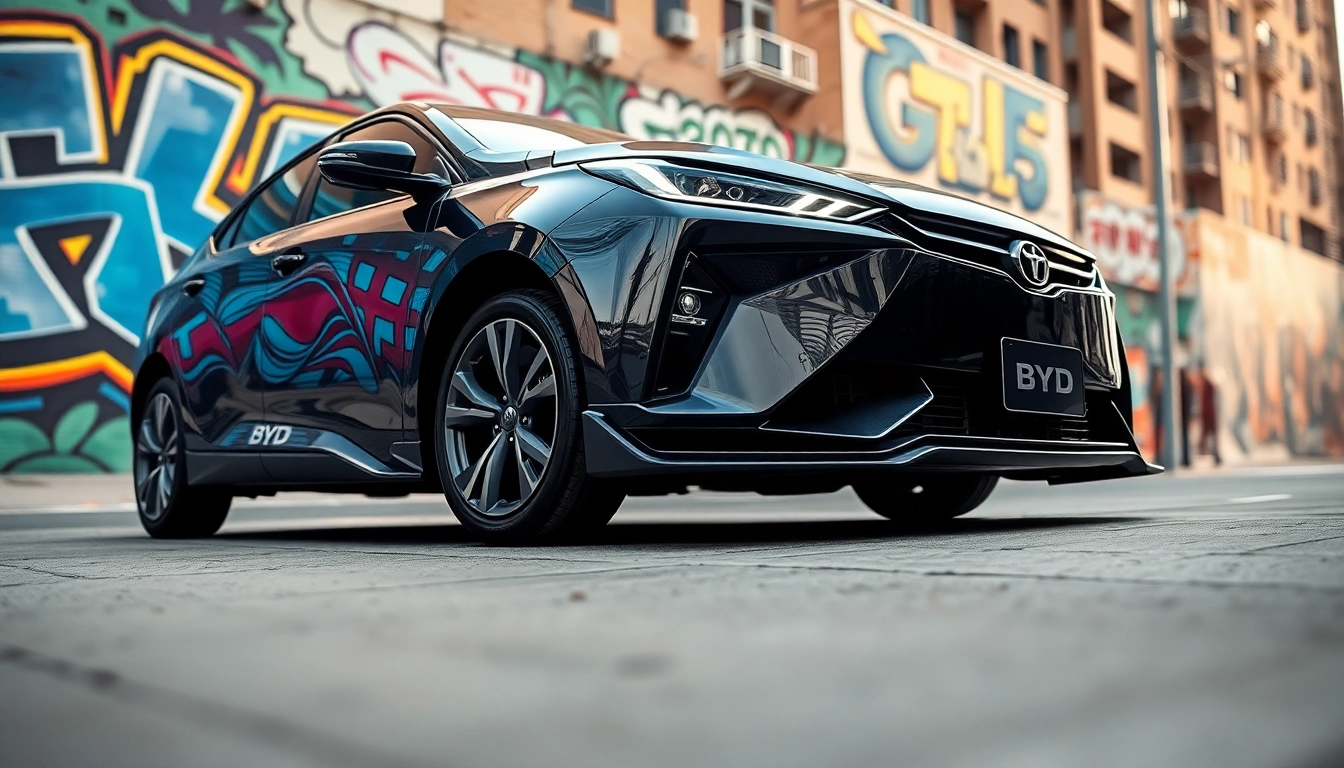




Leave a Reply